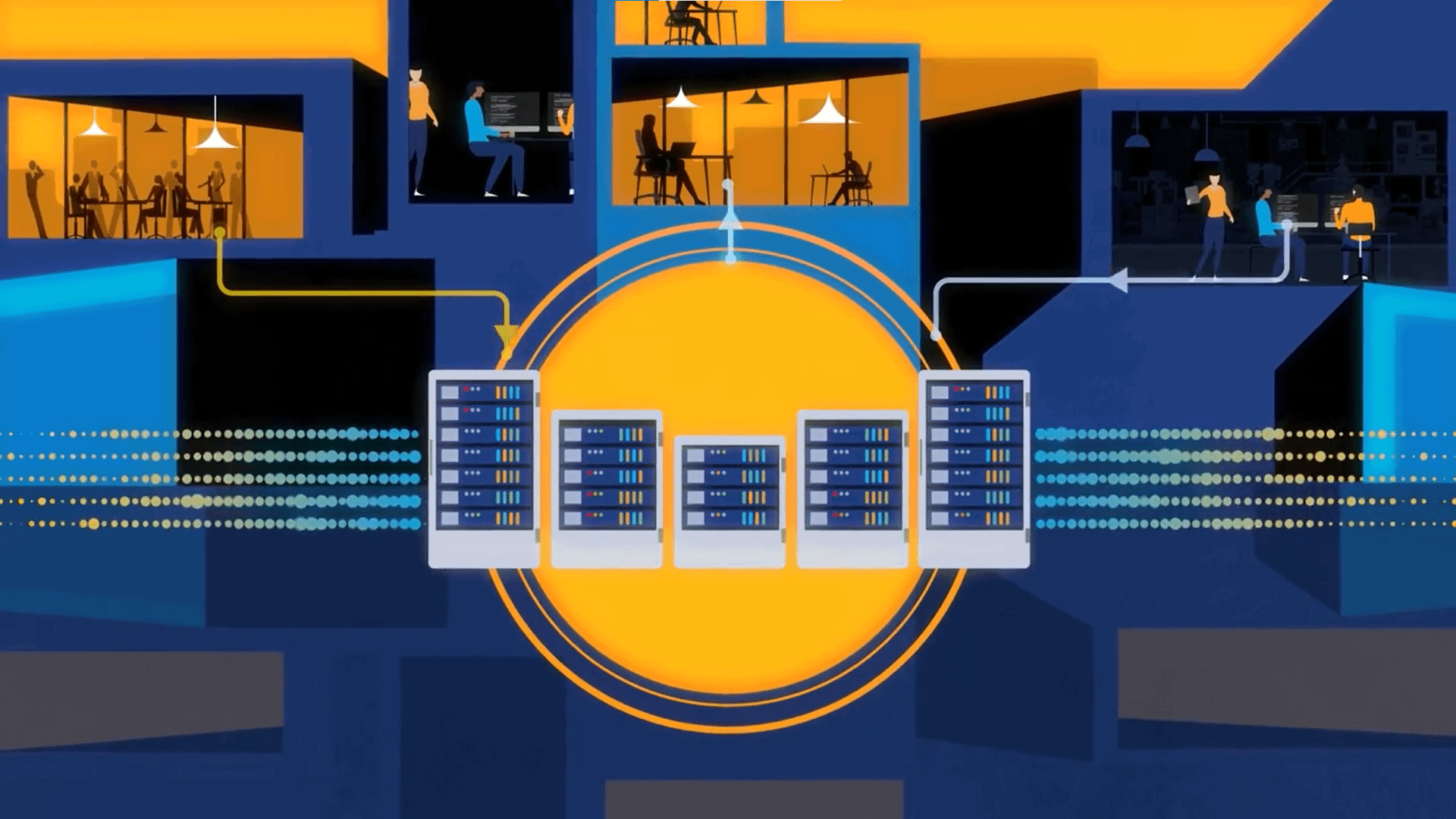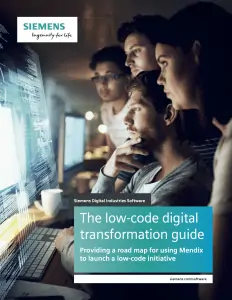
Modern AI coding tools now offer full-project context awareness, understanding of relationships across files, and enable large-scale refactoring.
The arrival of generative AI has fundamentally transformed how software is built. Tools such as Cursor AI, Windsurf AI, GitHub Copilot, and Claude Code now perform complex tasks that extend far beyond simple code generation. These tools routinely assist developers in executing the vast majority of tasks, such as developing new features, writing test cases, debugging, code reviews, and refactoring code. These platforms now feature AI agents that automatically grab context, run terminal commands, and perform semantic code search, representing a shift from code assistance to autonomous development workflows. Modern AI coding tools now offer full-project context awareness, understanding of relationships across files, and enable large-scale refactoring.
This evolution is unsettling for many developers. According to a recent Pew Research Center study, 50 percent of experts see classic development roles threatened by AI. Yet Google’s 2024 data shows that while more than a quarter of its new code is machine generated, CEO Sundar Pichai maintains that developers are becoming more important, not less.
What appears contradictory marks a fundamental shift. It is not the role itself that is disappearing, but rather its focus is shifting. Technical responsibility is becoming more important, replacing the writing of individual lines of code with higher-level design thinking, creativity, strategic oversight, and AI orchestration.
However, technical expertise alone no longer defines a developer’s value. Instead, there is an urgent need to master power skills such as critical communication, collaboration, and strategic thinking. Therefore, developers must invest in those skills and adopt a growth mindset that focuses on solutions.
From code production to technical evaluation
When AI generates the basic code, the role of developers changes fundamentally. They code less themselves but take on a more active role in reviewing and evaluating the code. The focus is on questions such as: Does the code fit into the existing system? Is it secure, performant, scalable, resilient, and maintainable? Most importantly, developers need to evaluate whether the generated code meets the business requirements and objectives.
The traditional developer role is evolving into something more akin to an AI orchestrator – professionals who design, manage, and govern AI-driven development pipelines. When AI generates not just CRUD functions but entire microservices architectures, developers become responsible for:
- AI Workflow Design: Creating sophisticated prompts and agent chains that can handle complex development tasks autonomously. This requires understanding not just what needs to be built, but how to decompose problems into AI-manageable components.
- Context Management: Ensuring AI systems have access to the right architectural context, business requirements, and technical constraints to generate meaningful solutions rather than technically correct but strategically useless code.
Advanced Prompt Engineering: The new technical specification
Prompt engineering in 2025 has evolved beyond simple instruction-giving to become a sophisticated technical discipline. Developers must now think in terms of:
- Contextual Prompt Architecture: Building prompts that incorporate system architecture, security requirements, performance constraints, and business logic in ways that guide AI toward optimal solutions.
- Chain-of-Thought Integration: Designing prompts that encourage AI to work through complex problems systematically, explaining its reasoning and allowing for human oversight at critical decision points.
- Error Anticipation and Handling: Crafting prompts that anticipate edge cases and guide AI toward robust error handling and graceful degradation.
A payment function prompt, for example, must now encompass not just transaction logic but also compliance requirements, fraud detection integration, audit trails, and failure recovery mechanisms – all while maintaining compatibility with existing system architecture.
Starting a career without practical experience? New demands on learning
Access to the profession is changing, especially for beginners. Traditional learning tasks, such as writing simple components, bug fixes, or basic tests, tasks typical for entry-level workers, are more likely to be automated at some organizations. As a result, people often lack experience in how a feature is actually created. If you only see the result, you don’t learn how to get there. The logic remains invisible, and the code becomes a black box.
This creates a paradox: new developers may lack the foundational experience of seeing how features are built from scratch. To address this, development teams need:
- AI-Augmented Mentorship: Pairing junior developers with both senior developers and AI systems, teaching them to effectively collaborate with both human and artificial intelligence.
- Structured Learning Paths: Creating deliberate learning experiences that expose new developers to the full software development lifecycle, even when AI handles routine implementation.
- Prompt Engineering Training: Teaching new developers to think about requirements specification and system design through the lens of AI collaboration.
System architecture remains a human task
Generative AI can build functions, but not systems. Architectural decisions depend on factors that go far beyond the current use case: scaling, modularity, latency requirements, interface design, and later maintainability.
Such decisions are based on experience, operational knowledge, and technical foresight. Locally optimized code is not sufficient, especially in regulated or safety-critical environments. What counts here is an overview—and that cannot be achieved through training data, but rather through planning as well as a strategic approach.
These architectural decisions highlight a clear need: developers must move beyond code and actively develop power skills such as strategic thinking, systems understanding, and the ability to evaluate long-term implications. Developing these capabilities — or strengthening existing ones — takes time and structure. It starts with an honest assessment of current competencies and an understanding of which areas require growth. A deliberate development plan can help close these gaps by leveraging resources such as online courses, mentorship, hands-on projects, and professional networking. With consistent effort, meaningful progress becomes visible over time, as each small step contributes to the achievement of broader goals.
See also: The Joy of Coding Isn’t Dead, It’s Being Redefined
Security and Quality in the AI Era
More automation does not automatically mean more security. In fact, the use of AI also increases the attack surface. Generated code can contain vulnerabilities, be difficult to trace, or pose legal risks.
At the same time, the pressure to deliver quickly is increasing. This makes clear that processes are a must: Who checks the output? How is it documented whether code was created manually or automatically? What criteria apply to testing and approval?
Only three percent of companies are currently considered prepared for current cyber risks. This shows that without structured processes, AI remains a risk rather than a lever for quality.
Developers must now master:
- AI-Specific Security Patterns: Understanding how AI systems can introduce novel attack vectors and implementing appropriate safeguards.
- Adversarial Robustness: Ensuring AI-generated systems can resist manipulation and maintain functionality under attack.
- Continuous Security Monitoring: Implementing systems that can detect when AI-generated code behaves unexpectedly in production.
The Power Skills Revolution
No tool in the world can replace teamwork. In an AI-supported development environment, it is becoming increasingly important for developers to coordinate with project managers, UX designers, security, and operations teams. This does not require presentation skills, but rather the ability to communicate technical decisions in a way that is easy to understand: Why was something built this way? Where are the risks? What would be an alternative?
Those who combine technical depth with contextual understanding become the central link between development, product, operations, and security, helping to ensure that applications not only run but function within the overall picture. This is why it is crucial to now focus on power skills.
- Strategic Communication: Translating between technical AI capabilities and business requirements, helping organizations understand what’s possible and what’s advisable.
- Cross-Functional Collaboration: Working effectively with product managers, designers, security teams, and business stakeholders to ensure AI-driven development serves organizational goals.
Agentic AI: The Next Frontier
Recent breakthroughs like Google’s Gemini showcase agentic capabilities designed for developers, enterprises, and individuals. These systems can plan tests, structure pull requests, and prioritize tickets autonomously.
Developers working with agentic AI need to master:
- Agent Supervision: Monitoring and guiding AI agents while allowing them sufficient autonomy to be effective.
- Workflow Design: Creating development workflows that optimally combine human insight with AI automation.
- Goal Alignment: Ensuring AI agents pursue objectives that align with broader project and organizational goals.
Take on a strategic role
AI is changing everyday life in development, but it does not replace technical judgment and the engineering thought process. Those who understand system interrelationships, critically evaluate machine output, and maintain an overview of architecture, quality, and processes will remain irreplaceable in the future.
The developer role in 2025 is more strategic, more collaborative, and more impactful than ever before. The future belongs to developers who see AI not as a threat to their relevance but as a multiplier of their strategic impact. By focusing on uniquely human capabilities – creativity, ethical reasoning, strategic thinking, and cross-functional collaboration – while mastering AI collaboration, developers can shape not just software systems but the future of how humans and machines work together.
Success in this new landscape requires continuous learning, skills, intelligence to understand what gaps exist and if AI can support closing them, strategic thinking, and the courage to redefine what it means to be a software developer in an AI-first world. Those who embrace this evolution will find themselves not just surviving but thriving as architects of the intelligent systems that will define our digital future.






























